Culturally Intriguing Ways to Experience Europe.
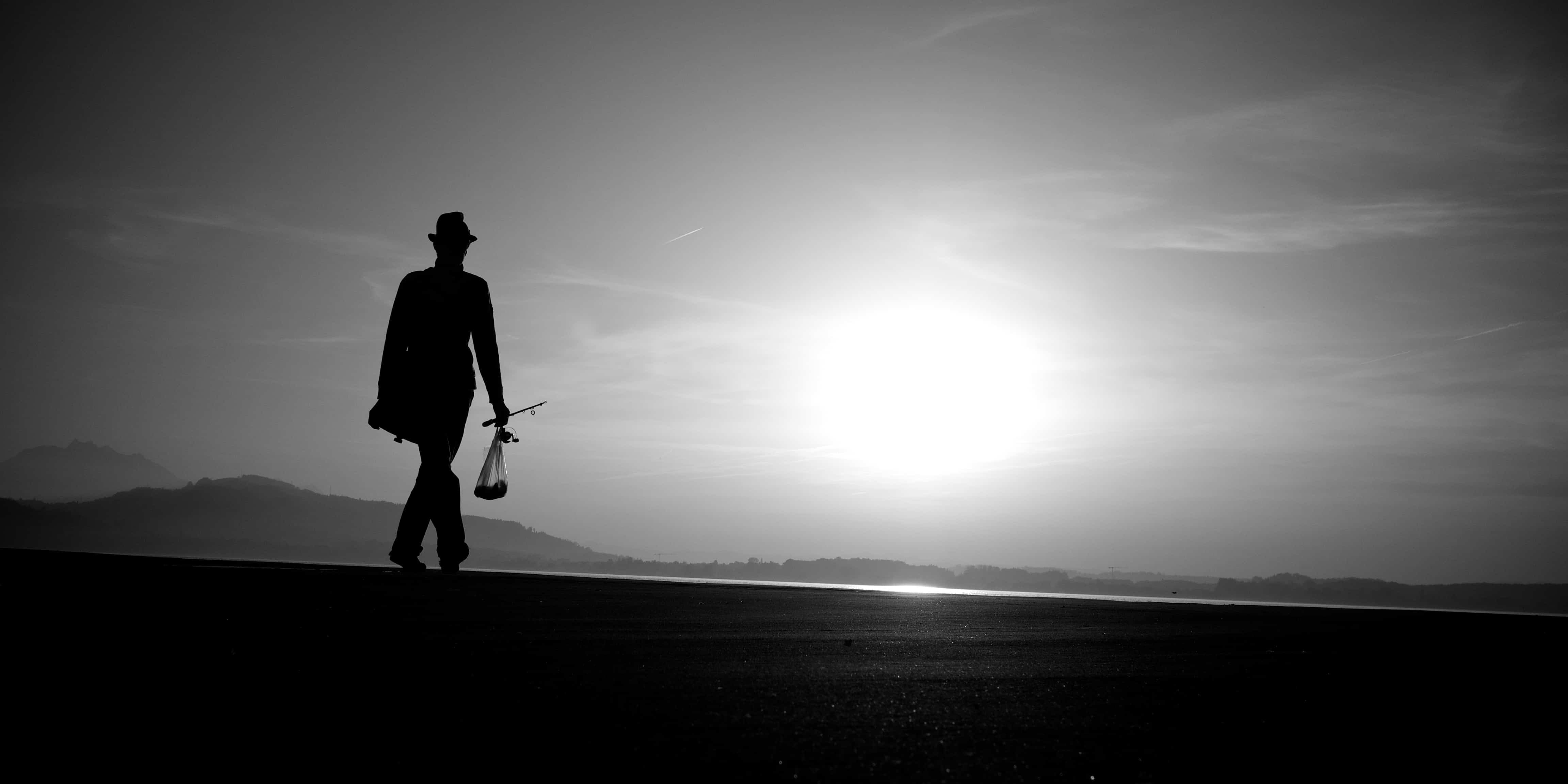
Even before my first trip to Europe over four years ago, I imagined whiling away time in charming medieval villages, people-watching in quaint little cafes and soaking up gorgeous landscapes on long summer days. I was lucky enough to live that dream again and again, from falling irrevocably in love with Gargnano on Lake Garda (Italy) to a surreal alpine encounter in Chamonix (France).
But it wasn’t until I was invited by iAmbassador and Visit Europe to experience Europe differently, that I started to see beyond the obvious charm of the continent, into its very heart.
Meet the “Cultural Routes” – 24 themed trails across Europe, where along with the lure of country life, you can travel through time and learn about the continent’s fascinating history in unconventional ways. I’ve traversed only one cultural route so far, and shortlisted the others for future trips:
Hiking: Camino de Santiago
I’ve heard of the adventures of three women who’ve walked the Camino – alone – and while part of me wants to do it, part of me is not sure I’d survive! This 800km pilgrim trail, through the French pyrenees and the length of Spain, started as a redemption-for-sin route in the Middle Ages, a tradition that still continues in Belgium; a prisoner is pardoned and released every year on the condition that (s)he will walk to Santiago (where the shrine of Apostle St James stands), wearing a heavy backpack, accompanied by a guide!
A friend I met in Germany confessed that she got off the trail after the first week, because carrying a backpack all day while walking alone got to her. For my friend Candace of The Great Affair, the Camino was all about slowing down. And for Flora the Explorer, it was about exploring the art of walking. Whatever your reasons, I reckon the trail is packed with great scenery and introspective moments.
Also read: Unexpected Ways Long Term Travel Has Changed Me
Indulgence: The Chocolate Way
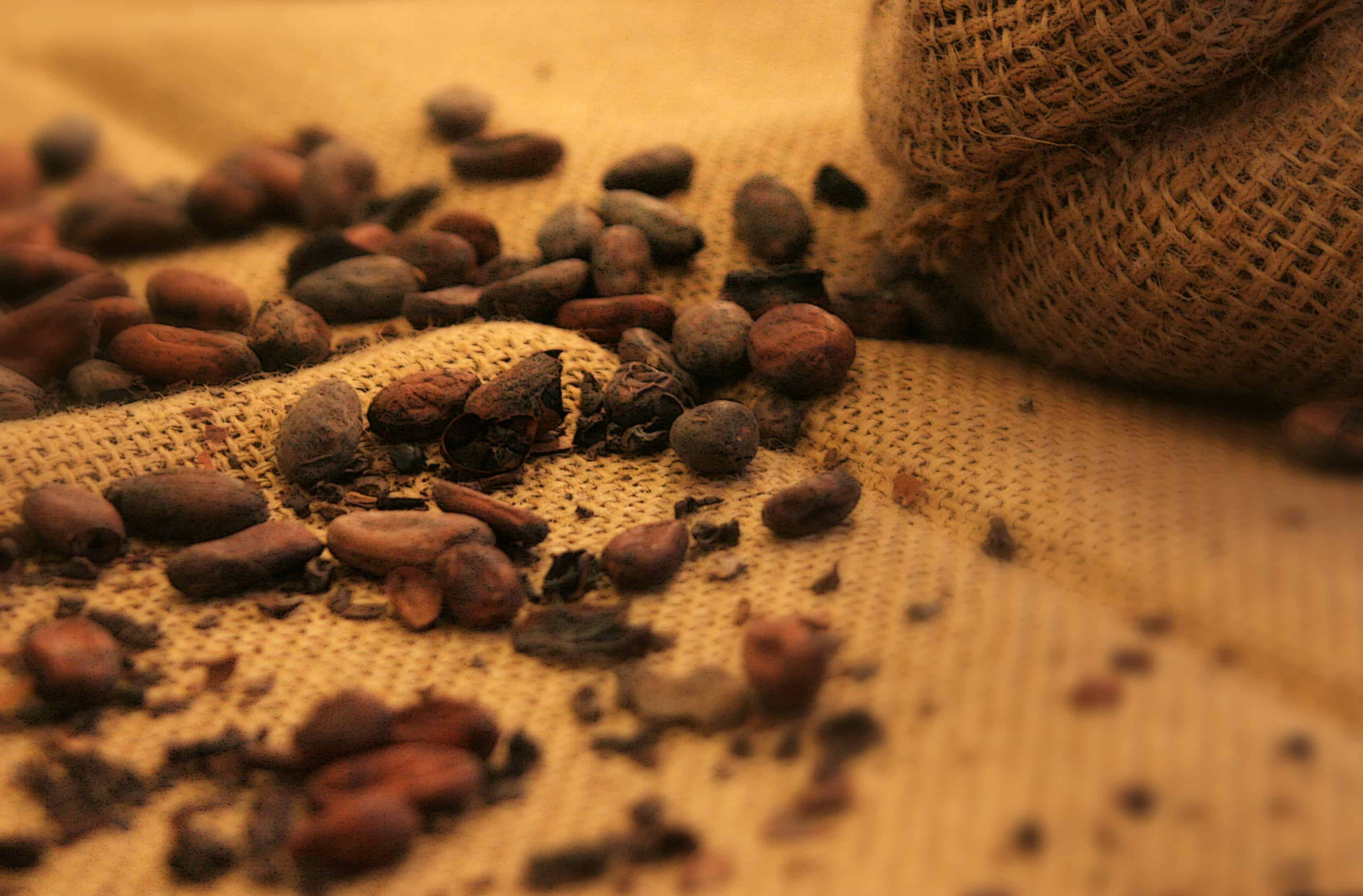
Last year, while living with the indigenous cacao farmers of Costa Rica, I learnt how chocolate (as we know it) was invented in Saragoza, Spain in the 1500s, when the colonists brought back cacao beans from Central / South America and mixed it with sugar and milk. Until then, chocolate was drunk as a beverage by the farmers, dark and bitter.
This chocolate-making tradition gradually travelled to Belgium, France, the UK and other parts of Europe – a route that is now interlinked as The Chocolate Way. You can trace the journey of chocolate through small villages and eminent ‘chocolate’ personalities, treat your taste buds in the chocolate capitals of the world, and even learn the fine art of chocolate-making yourself. My mouth waters at the idea!
Also read: How I Used HomeExchange to Experience Europe Like a Local
Introspection: The European Cemeteries Route
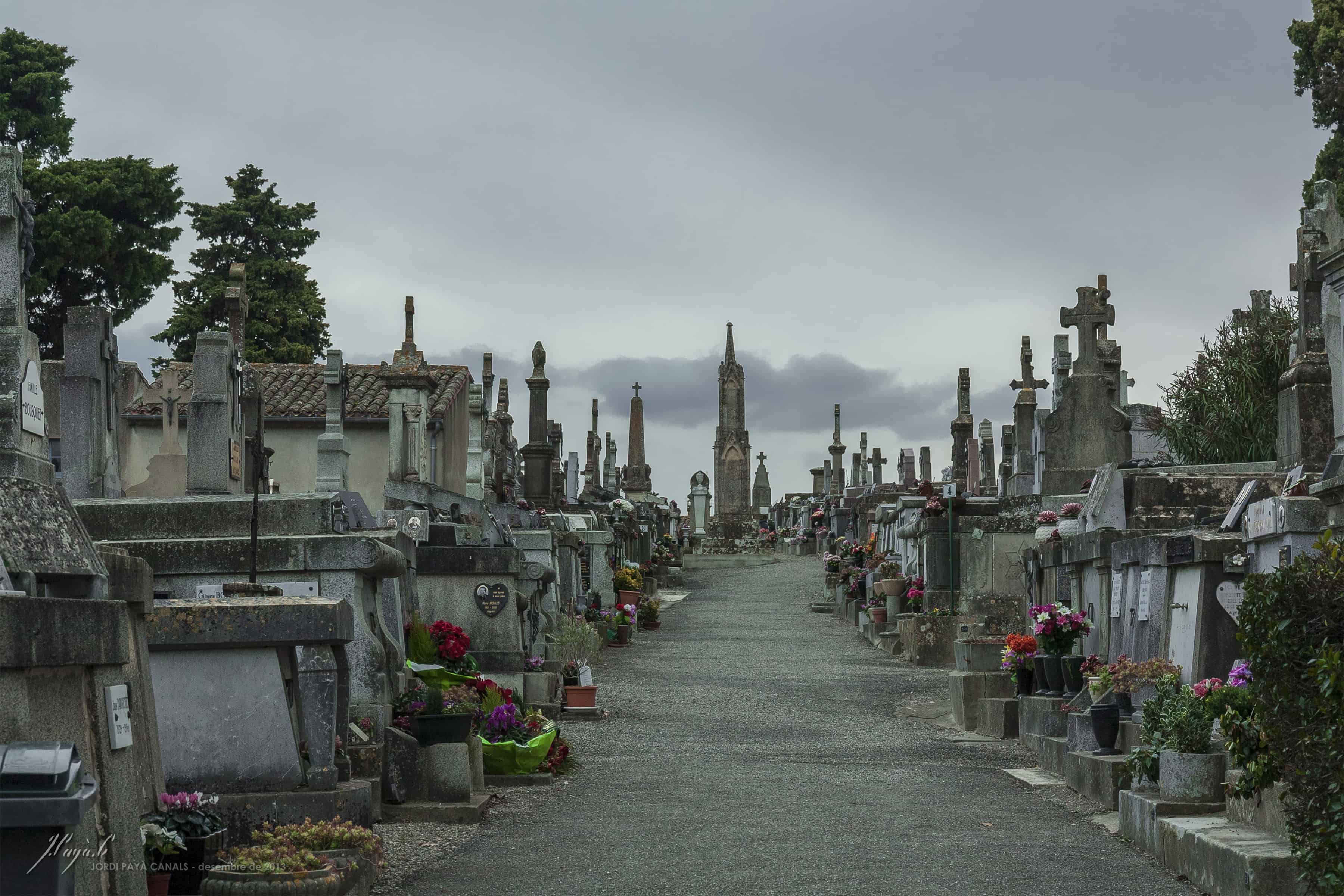
In the Black Forest of Germany, I serendipitously met a poet who had run away from home as a teenager to become a street artist in Paris, then studied hard and became a diplomat in Central Asia and Afghanistan, finally returning to the forest to write. He gave me his book of poetry – ‘We walk through light and shadows’ – and I couldn’t think of a better place to read it and reflect on the chance encounter in a cemetery cast partly into darkness by the shadow of the sun.
Most people think of cemeteries as dark, gloomy places, but to me, they speak of life.
The European Cemeteries Route meanders along 67 cemeteries across Europe, offering a different perspective on the local history and culture, and a chance to introspect about death. Before you label me morbid, know that thinking about death is Bhutan’s secret to happiness!
Also read: A Time Traveller’s Guide to Southwest Germany
Nostalgia: The Huguenot and Waldensian Trail
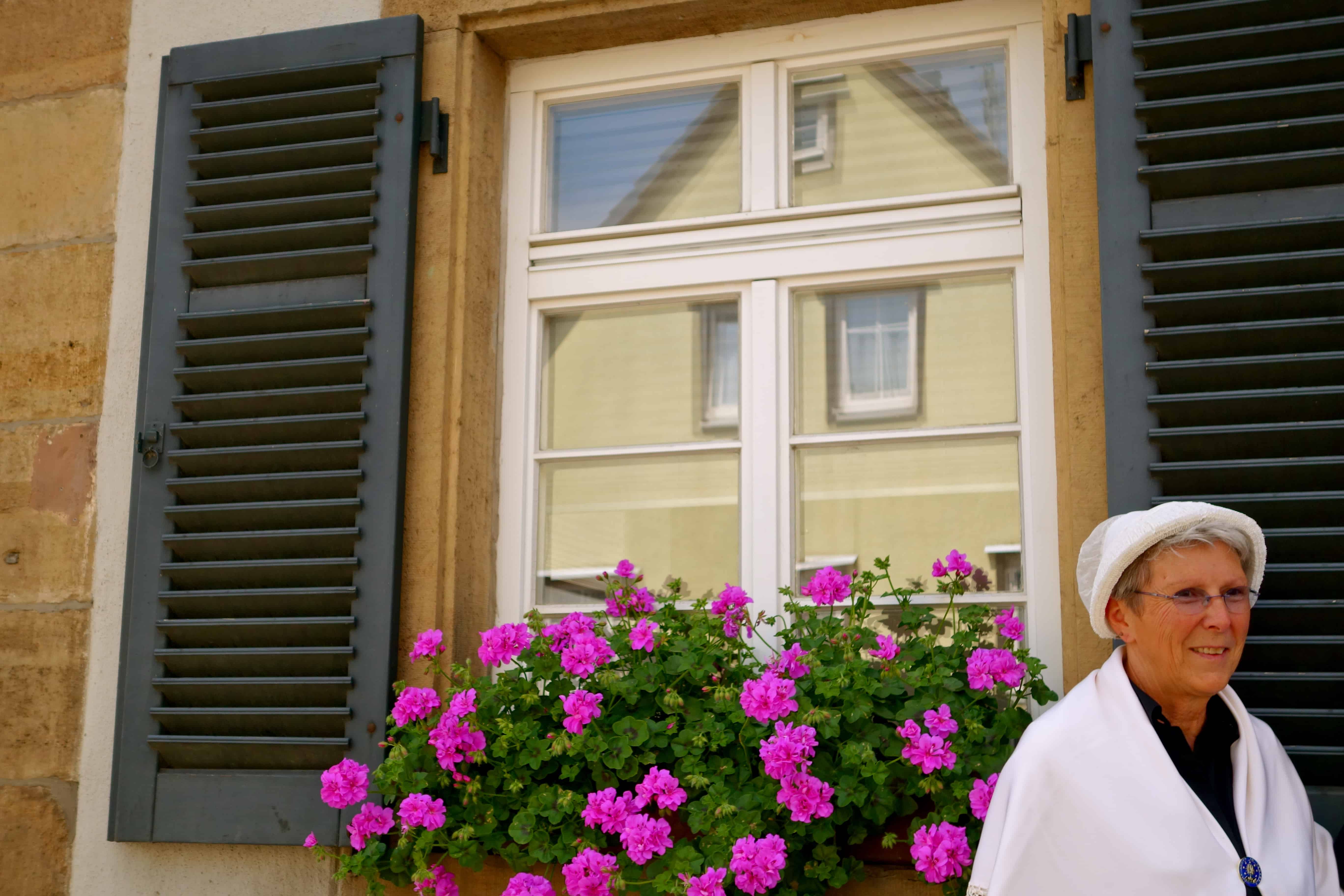
This is the trail I traversed, on foot and by train, through forests and sleepy country villages, tracing the journey of Europe’s forgotten refugees – the Huguenots and Waldensians. They were banished from their homes in France, and walked to Germany and Switzerland in search of religious freedom. They built half-timbered houses with hobbiton-style attics to store wine, planted dreamy vineyards all along the countryside, baked bread with the aroma of wine in communal bake houses, and wore hand-woven silk dresses and hats.
Although completely integrated into society now, their villages, homes, churches and traditions tell a story that can be extrapolated to the on-going refugee crisis in Europe. Times have changed, countries have changed, but the narrative of intolerance remains.
Also read: Retracing the Journey of Europe’s Forgotten Refugees
Pampering: The Route of Historic Spa Towns
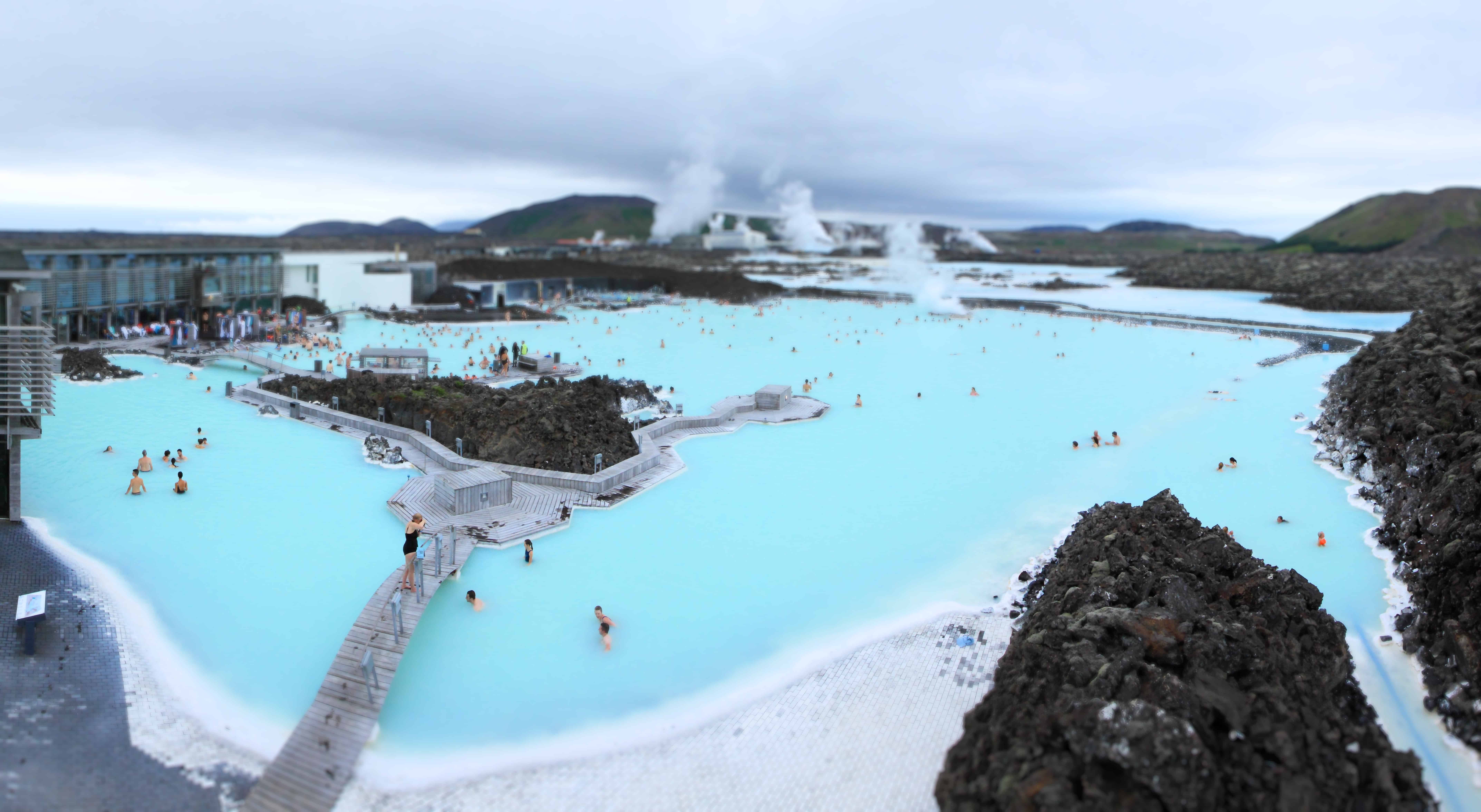
My first tryst with a traditional bath was a Turkish Hammam in Istanbul, and I’ve become a spa-convert ever since. I’ve done a coffee body scrub in the mountains of Coorg, a wine spa in Germany and even a bush massage in South Africa!
The Route of Historic Thermal (Spa) Towns connects the traditional baths of Greece to the spa culture of Eastern Europe to thermal spring resorts in Western Europe to the fascinating sauna culture of Scandinavia; know a better way to rejuvenate your body and mind?
Also read: Losing My Turkish Hamam Virginity
Did any of these cultural routes make your wish list?
This post is part of the Visit Europe blogging campaign, created and managed by iambassador in partnership with the European Travel Commission. Opinions on this blog are always my own.
Join my adventures around the world on Instagram, Facebook and Twitter.
Subscribe to my monthly newsletter to receive travel inspiration in your inbox.
Featured image by Thomas Leuthard.
Hi there! I’m Shivya, and I started this travel blog back in 2011, when travel wasn’t trendy, Instagram didn’t exist and AI wasn’t a thing (simpler times, I know!). I write about slow, meaningful and conscious travel – that is good for us, the places we visit, the people we meet along the way, and the planet at large. Settle down, grab a cup of tea, and read stories that remind you of the essence of travel. I’m so glad you found me!

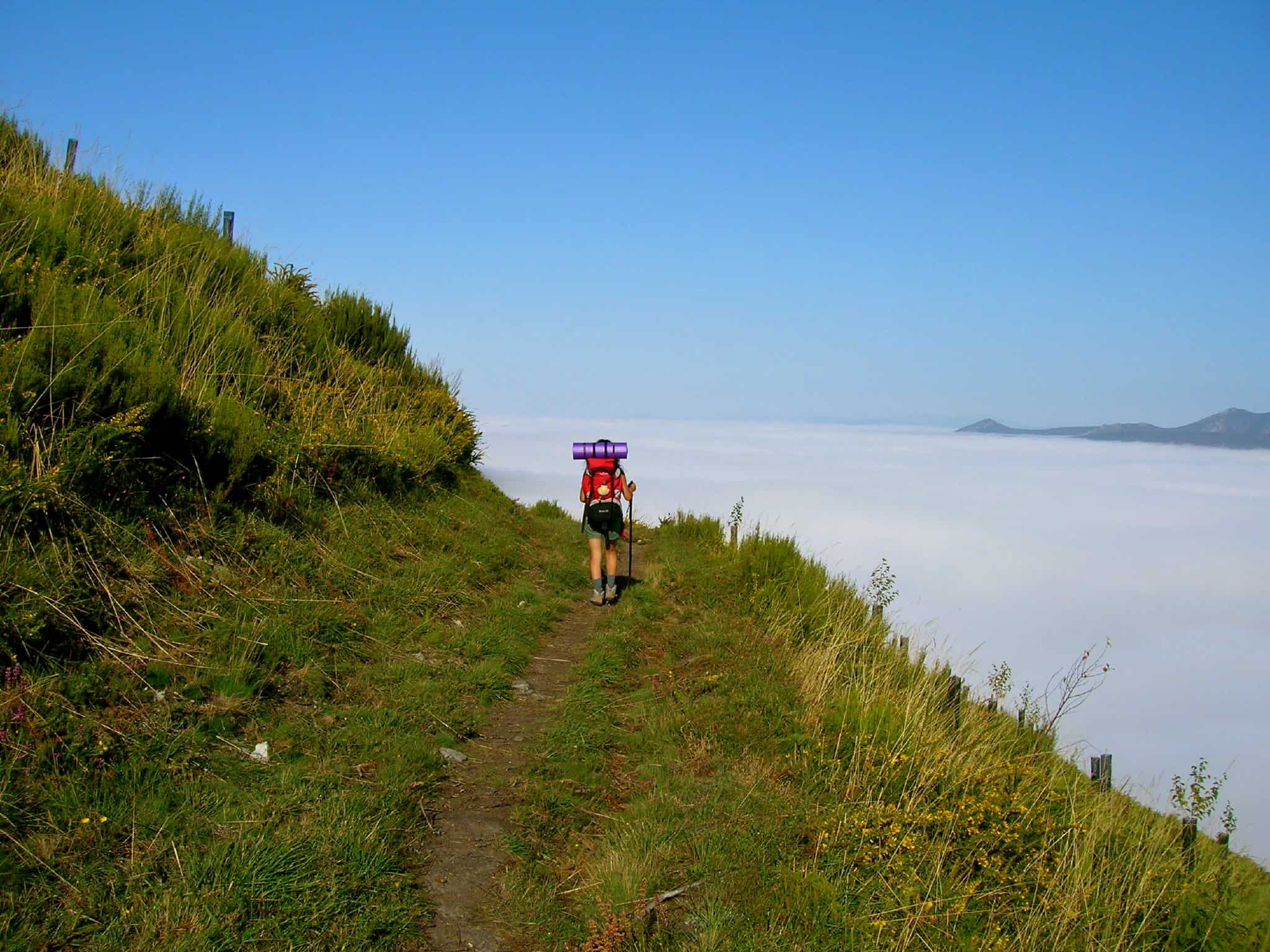


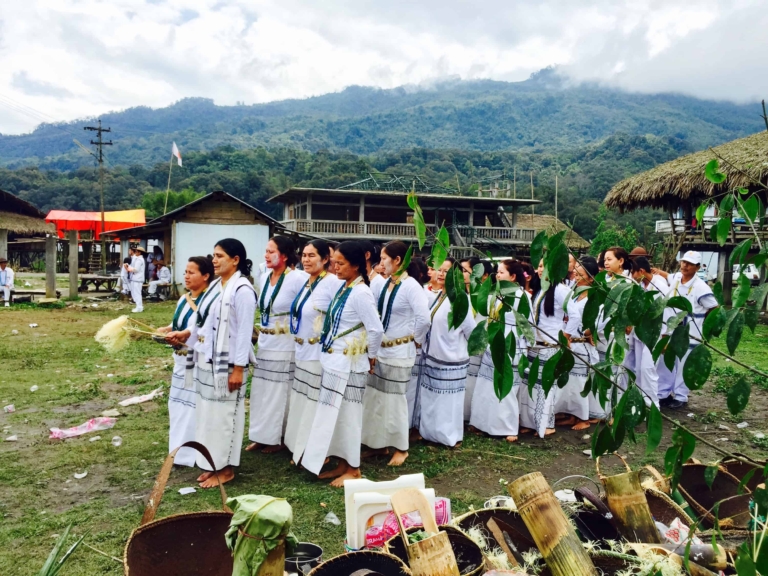
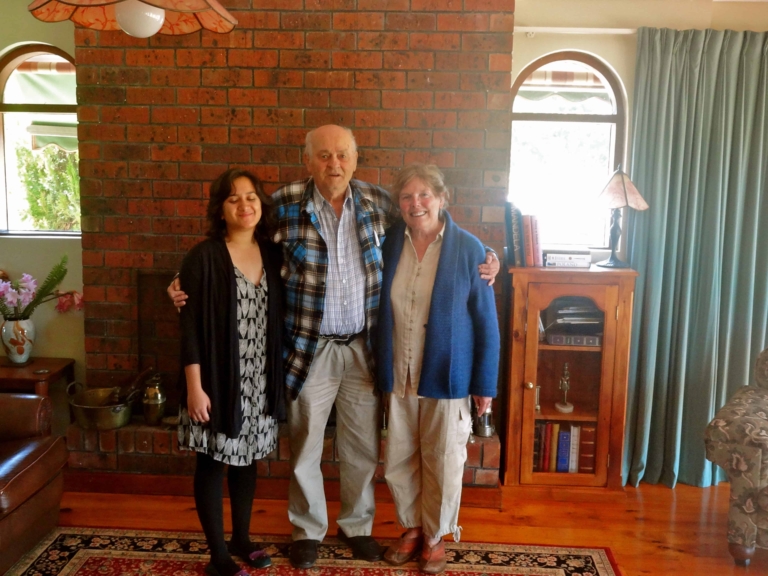
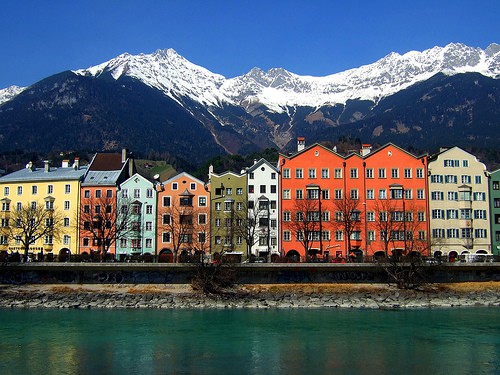
Hi Shivya,
How are you? As always it is, it is so wonderful and refreshing to read your posts. Not to mention that it is inspiring !!
I have a request, can you help us ( my friends included) plan trips. We want to travel but not in a coach or a guided trip.
Thank you and looking forward to hearing from you.
Regards
Deepa
Hi Deepa, glad to hear that you find my posts refreshing 🙂 There are tons of Europe planning tips on my blog. Further than that, you can schedule a travel planning session with me on ThinkPlaces if you like!
I am so intrigued by the Camino, and although the amount of walking doesn’t scare me, I have no desire to lug a rucksack all that way. A week or two would be perfect, but I don’t want to be one of those people who only does the last few hundred kilometers and then claims I completed the Camino, so it’s a bit of a dilemma. But definitely something I am thinking about for these coming years.
In the last two years I’ve walked two Caminos, I’m definitely hooked. I really grew to love carrying my bag on my back, there is something so satisfying about being able to transport everything we need for weeks on end. I packed lightly and had a small-ish bag, I think that’s important. But there are also transport services, to ship the bag from one town to the next, and lots of people use those services. That’s an option, and honestly, there is absolutely no shame in going for one or two weeks on the Camino. That’s the way so many Spanish and Europeans do it- for a week or two at a time. I always thought this was the beauty of the Camino: there is such a generous and open spirit on the trail, and generally a lack of judgement.
@veen83
Wow, if the amount of walking doesn’t scare you, see Nadine’s comment below on alternatives to carrying your own backpack. We are the only ones who should be judging ourselves, doesn’t matter what others think / claim 🙂
@Nadine
Thanks so much for sharing these tips! Definitely makes the trail seem more tempting to take on.
Most of the routes will be on my bucket-list, so thanks for sharing Shivya 🙂 Meanwhile, I was in Paris last month and visited the Pere Lachaise cemetery and it was wow! It was my first brush with an European cemetery and it was definitely worth a visit. Imagine a setting, right in the middle of Autumn, with beautiful tombs of Jim Morrison and Oscar Wilde. Exactly what a writer needs to pen down thoughts on life and death 🙂
Imagining that now and I’m inspired to write. Glad I’m not the only cemetery-lover here 😉
El Camino de Santiago has been on my list for a long while. It’s not a matter of if I’ll do it, but when! Will definitely be checking more of these trails out before my first visit to Europe next year.
How awesome Katie! All the best on your quest.
Nice!
What an interesting post! I love the idea of seeing Europe as one entity instead of its separate countries. Following in the footsteps of previous travellers (albeit that their journeys were sometimes mandatory) is a great way to explore the continent.
Thanks, glad you found it interesting!
So intriguing!!!!!
Shivya,
Good article. Could you add a facebook like button in your posts. I am unable to like wordpress posts, if you don’t have an account. I guess there must be some plugin for that.
Blue Lagoon is simply awesome. The experience is truly wonderful. It is a place that you wouldn’t want to end with just one visit.
Given a choice I will go for the historic spa towns and chocolate trails 😉
Hi I could definitely do the pampering route but there’s a big part of me (the spiritual ) that thinks the Camino would be more fulfilling. And then there’s the chocolate! Interesting ideas. Thanks.
It was a wonderful experience going through your post! This post portrays the facts about Europe that surely many are not aware of. Whoever plans a trip to Europe, will surely think about historic spa and chocolate trails! Thanks so much.
yes! the turkish hammam in istanbul. ps: i love your posts
Père-Lachaise Cemetary in Paris was an interesting place!
HI
Shivya
What an interesting post. the list will be on my bucket list.
HI
Shraya
great post .Europe is my all time favourite spot and ever it could be my bucket list
Great Article! Informative and Interesting!